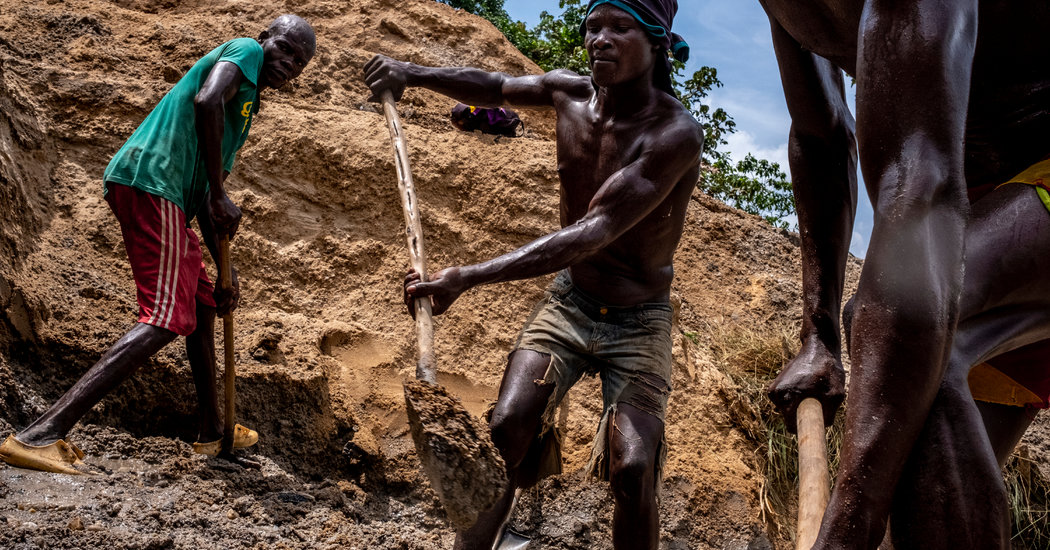
The next day, the Central African military and their Russian mercenary trainers carried out mass arrests, sweeping up dozens of Muslims they presumed were part of the fighting, according to residents and a United Nations official.
One 38-year-old shop owner said he was rounded up by local soldiers, who deposited him at the Russian training facility nearby. Over the course of four days, he said he was hog-tied, beaten and cut repeatedly by more than a dozen Russians in civilian clothes.
When he wouldn’t confess to being a rebel, one of the Russians hacked off his finger, he said. Nearby, he saw another man, with two fingers missing, lying in a pool of blood, he said. The United Nations alerted the Central African government about allegations of “detention and torture” carried out by “individuals of Russian nationality” and shared documents supporting the claims with government officials.
Russia’s foreign ministry called the claims “bogus.”
“Russia provides its assistance in strict accordance” with international law to “bring about a lasting settlement of the protracted violent conflict,” it said in a statement.
Mr. Prigozhin’s spokesman also dismissed the allegations. In a statement, he said that French forces, which have also been accused of human rights abuses in the country in the past, had paid a militant to lie about being tortured, calling it “a fictional incident that discredits Russian citizens.”
For now, the peace accord that the Russians helped broker mostly seems to be holding. But many victims of atrocities wonder whether they will see justice, especially now that warlords are in government and rebel fighters are being incorporated into the military.
“It’s like death has become banal here,” said Pasquale Serra, an artist from Bangui who organized a ceremony for families to place bricks in a circle, representing their lost loved ones.
